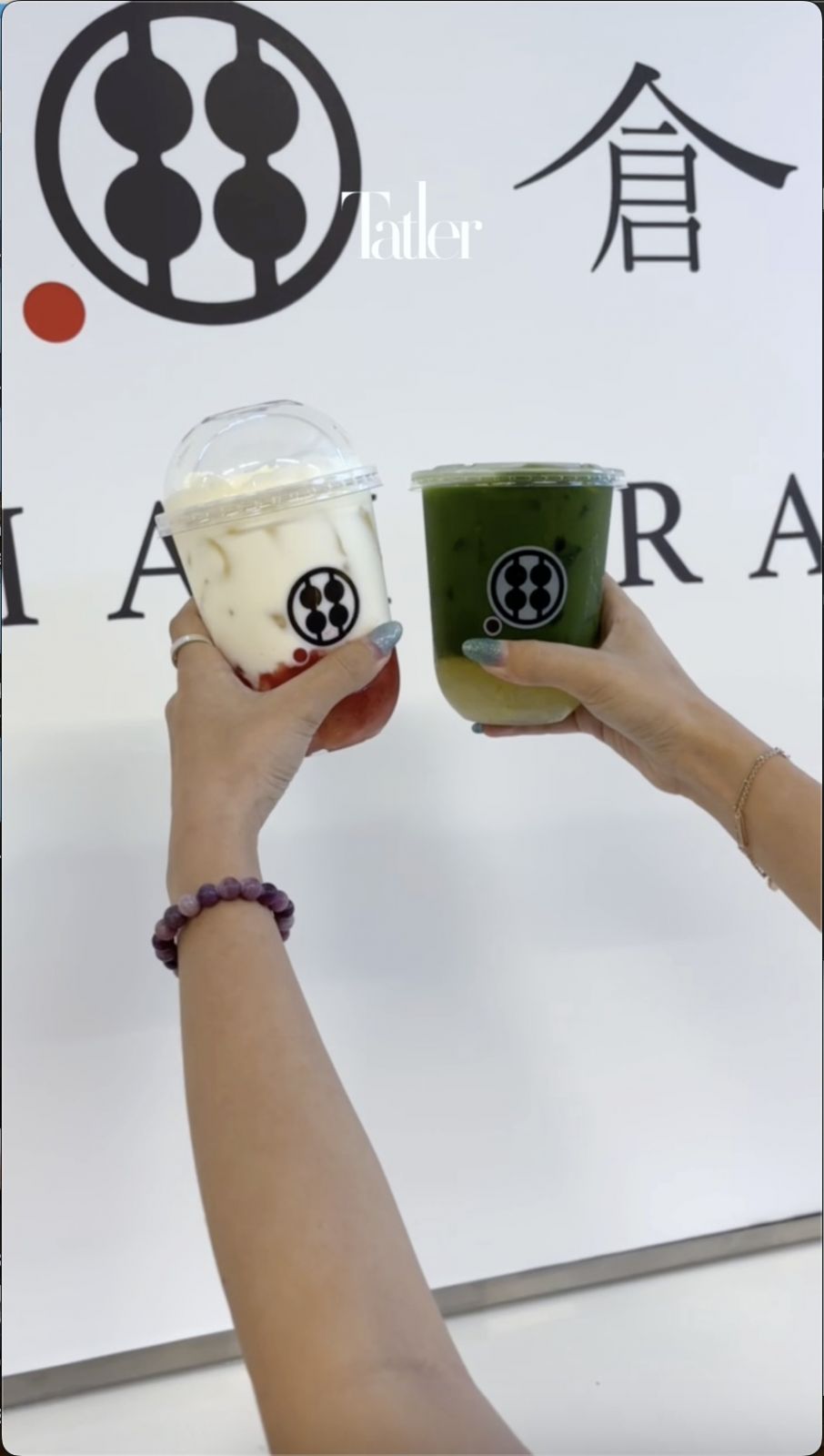Inspired by her family legacy and driven by personal experiences, the co-founder of Amplexd Therapeutics has developed two treatments to address HPV-induced cervical precancer, a condition that affects 178 million women every year
Alia Rahman was 22 years old and studying engineering at university when a routine Pap screening revealed abnormalities. Diagnosed with CIN3, the most severe grade of HPV-induced cervical precancer—if left untreated, CIN (cervical intraepithelial neoplasia, also known as dysplasia or lesions) can transform cervical cells into invasive cancer—she was advised to undergo laser vapourisation, a procedure that essentially burns off abnormal tissue.
The treatment turned out to be particularly uncomfortable, and while it was effective for a few years afterwards, Rahman then began to have consistent abnormalities again, initially at the lowest CIN1 level. When they progressed to CIN2, her gynaecologist suggested loop electrosurgical excision procedure (LEEP), where a wire loop heated by an electric current removes abnormal cells.
It was 2016, eight years after the original diagnosis and Rahman was hesitant after the first procedure. She shared with her doctor that she had been reviewing the scientific literature and noted there was promise of a topical therapy to treat her condition. With direct access to the affected tissue, if these abnormal cells could be ablated with heat or freezing, why couldn’t they be treated chemically?
“My doctor was somewhat dismissive of it,” says Rahman. “But he said, ‘Look, I’m comfortable deferring surgery up to six months. You go and do your thing, and then come back for screening. If it’s not resolved within that timeframe then we’ll proceed with the surgery’.”


Rahman found clinical evidence that EGCg, a compound extracted from green tea, used in an FDA-approved product for the treatment of HPV-induced genital warts, could work against cervical lesions (patches of abnormal cells on the cervix that can be precancerous or cancerous) and that it was a therapy that, unlike surgery, had the promise of self-administration. She started to experiment, leaning into her background in environmental engineering, which had involved studying microbiology and chemistry extensively.
“I compounded a suppository using a green tea polyphenol blend, which I self-administered. It was really quite simple. It was basic kitchen chemistry,” says Rahman, who had long had an interest in health sciences, inspired in part by her family history—her grandfather was a gynaecologist focused on family-planning policy and co-founder of the United Nations Population Fund (UNFPA); his brother was a renowned pathologist; and her great-aunt was also a famous gynaecologist, who is still practising today.
A few months later, Rahman returned to her doctor. “Something had regressed the lesions from CIN2 down to CIN1 in a very short period,” she recalls. “I had never had that previously—the lesions either held steady or progressed towards malignancy, so regression was a significant finding. It could have been that my immune system finally picked up on it, but I chose to follow my curiosity and entertain the thought that this could have something to do with the topical therapy.”
















